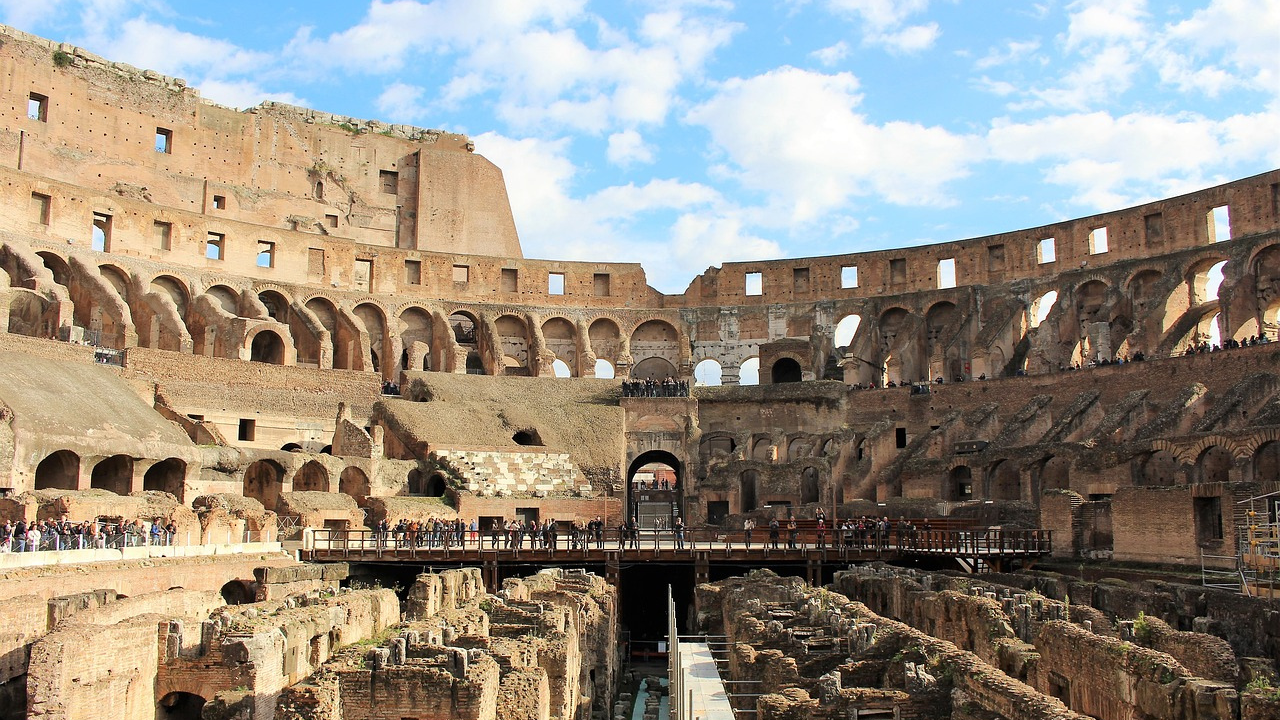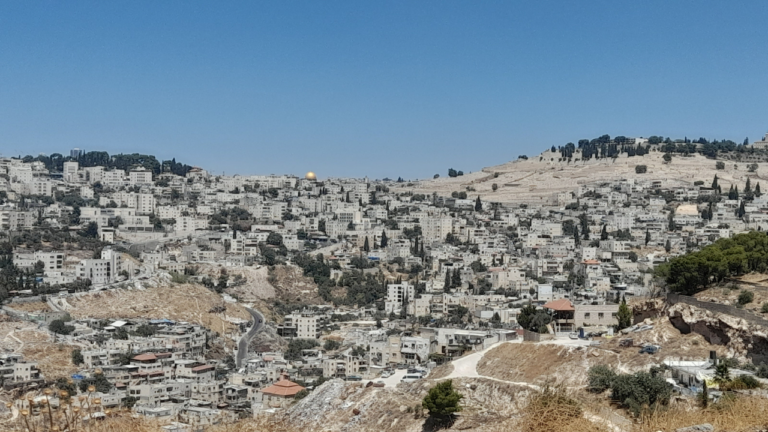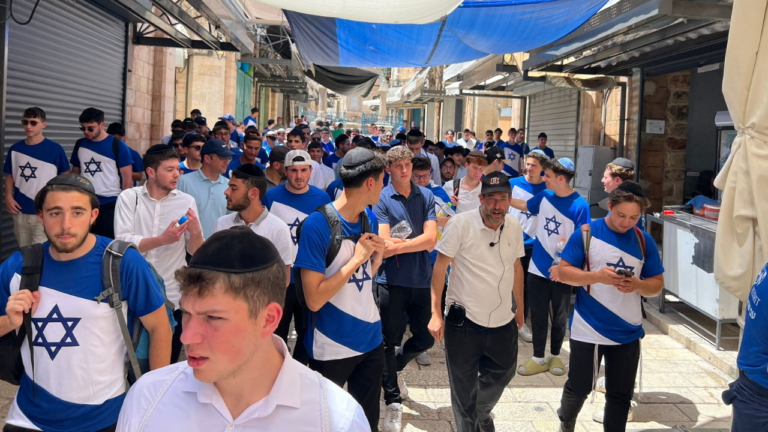The Bizarre Holiday of Rome
The Gemara (Avodah Zarah 11b) tells us of a curious holiday that was celebrated in Rome every seventy years. In a bizarre ritual carried through the thoroughfares of the city, a limping man was forced to carry a healthy man on his back. The healthy and complete man would wear the clothing of Adam HaRishon and the scalp of Rebbe Yishmael. (As we famously recount on both Yom Kippur and Tisha b’Av, one of the Ten Martyrs was the high priest, Rebbe Yishmael. Because of his great beauty, a Roman noblewoman desired that his face be preserved. The Midrash recounts that the Romans flayed Rebbe Yishmael’s face while he was still alive. When they reached the place of his tefillin shel rosh, he screamed; soon after, he passed on from this world.)
In markets bedecked in gold and jewels, the Romans would announce before this strange procession that “the brother of our master is a liar,” and “what benefit did the schemer gain from his schemes?” Finally, they concluded their proclamation with the following words, “ווי לדין כד יקום דין, woe is to this one when that one stands.”
This cryptic Gemara is a powerful metaphor for the prolonged exile of the Jewish people called Galut Edom. Every seventy years that the Jewish people remained in the exile of Edom with Jerusalem lying in ruins was a cause for Rome’s celebration. While the Babylonian exile had only lasted for 70 years, Rome’s chokehold over the descendants of Jacob was still going strong. Rome is the spiritual successor of Eisav, the nation of Edom. The limping man represents Yaakov, who’s leg was damaged in his titanic struggle with Eisav’s ministering angel. The complete man represents Eisav riding upon Yaakov, expressing his continued dominance over his fate.
The Gemara explains that Eisav clothes himself in the clothing of Adam HaRishon. As we noted two weeks ago, Edom is obsessed with the outer trappings of this world. The Maharal explains that Eisav projects virtue while remaining morally vacuous. Adam HaRishon represents the ultimate mission of humanity to transcend this world and imbue it with sanctity. Yaakov Avinu actually acted like Adam, serving as his spiritual successor capable of bringing creation to perfection. Eisav wears the clothing of Adam but doesn’t act like Adam. Once again, he projects the virtue of humanity but lacks the inner drive for spiritual excellence.
This obsession with a hollow, outer expression of virtue and beauty is also why they would don the face of Rebbe Yishmael. The high priest represents Jerusalem’s spiritual beauty and purity. The Kohen Gadol may not leave Jerusalem; his existence is solely focused on the temple and holy city surrounding it. After destroying Jerusalem and declaring Judea Capta, the Romans sought to lay claim to the legacy of the holy city. Rome had replaced Jerusalem, and the spiritual beauty of the Kohen Gadol had been painfully peeled away from Jerusalem. Now, it was preserved in Rome and displayed to prove the moral superiority and chosen-ness of Eisav over Yaakov.
But “woe is to this one (Rome) when that one stands (Jerusalem).” As we have drawn closer to the end of time, and Yaakov’s damaged descendants heal from the worst of wounds, Bnei Yisrael have started to throw off the shackles of Eisav’s hateful oppression. The Jewish people’s powerful hold over Eretz Yisrael and Jerusalem is deeply threatening to those who seek to keep the limping man in his lame state. Deep down they understand that the Jewish people’s return to Jerusalem means that Eisav’s outer projections of moral virtue and beauty are empty and vain. The kedusha of the high priesthood does not belong to them and never did. It remains with the Jewish people in Jerusalem. Indeed, woe is to those who stand between the Jewish people and Jerusalem as Yaakov’s descendants arise.



